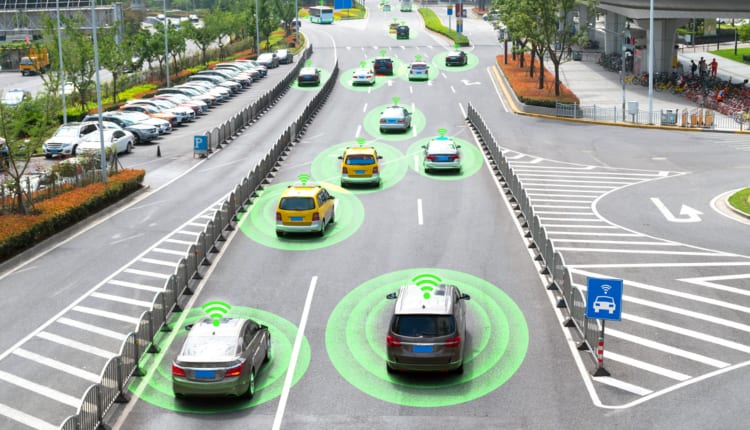Scientists have developed a new breakthrough technology that may one day lead to cost-effective infrared cameras for common consumer electronics like phones, as well as sensors to help autonomous cars see their surroundings more accurately. Infrared cameras are much more expensive than visible-light ones; the energy of infrared light is smaller than visible light, making it harder to capture, said researchers from the University of Chicago in the US.
“Traditional methods to make infrared cameras are very expensive, both in materials and time, but this method is much faster and offers excellent performance,” said Xin Tang, the first author of the study published in the journal Nature Photonics. “That’s why we are so excited about the potential commercial impact,” said Philippe Guyot-Sionnest, a professor at the University of Chicago.
Today’s infrared cameras are made by successively laying down multiple layers of semiconductors — a tricky and error-prone process that makes them too expensive to go into most consumer electronics. Guyot-Sionnest’s lab instead turned to quantum dots — tiny nanoparticles just a few nanometres in size.
At that scale they have odd properties that change depending on their size, which scientists can control by tuning the particle to the right size. In this case, quantum dots can be tuned to pick up wavelengths of infrared light. This ‘tunability’ is important for cameras, because they need to pick up different parts of the infrared spectrum.
“Collecting multiple wavelengths within the infrared gives you more spectral information — it is like adding colour to black-and-white TV,” Tang said. “Short-wave gives you textural and chemical composition information; mid-wave gives you temperature,” said Tang. The researchers tweaked the quantum dots so that they had a formula to detect short-wave infrared and one for mid-wave infrared. Then they laid both together on top of a silicon wafer.
The resulting camera performs extremely well and is much easier to produce. “It is a very simple process. You take a beaker, inject a solution, inject a second solution, wait five to 10 minutes, and you have a new solution that can be easily fabricated into a functional device,” Tang said.

